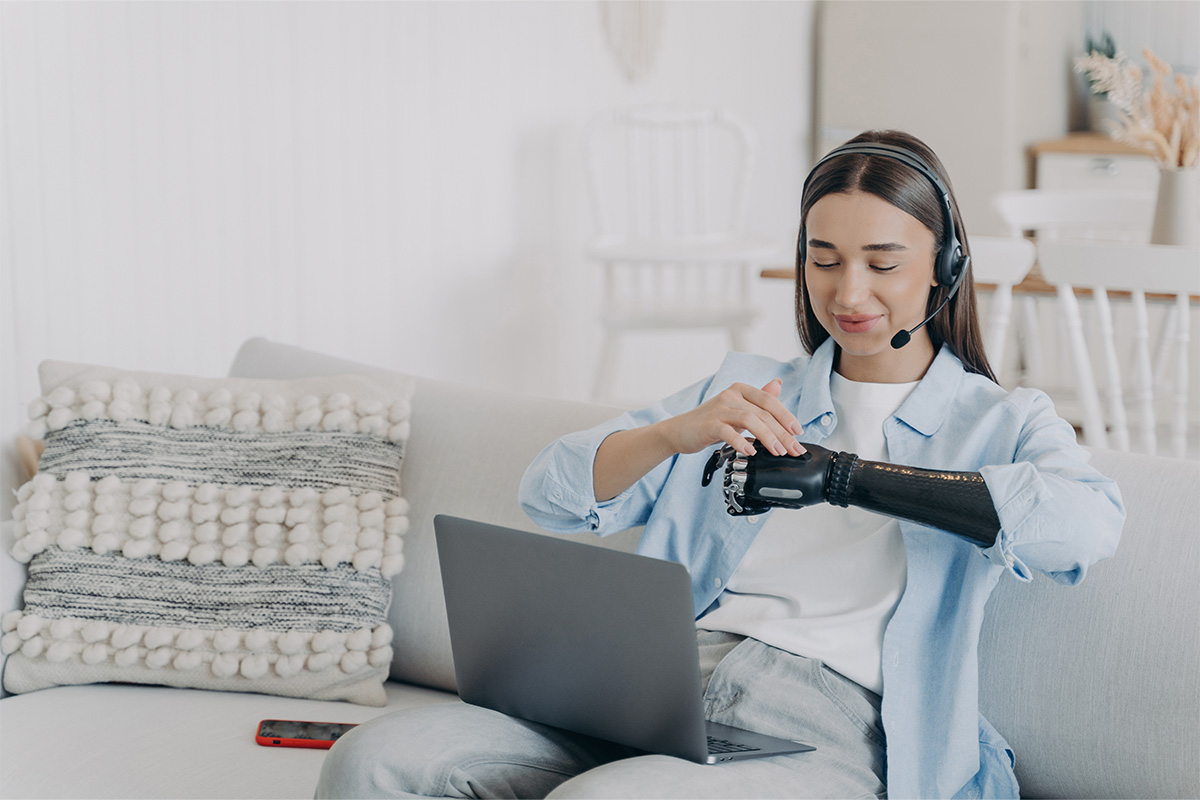Best Practices for Medical Device Translation
Translators - AdAstraTranslates - Translation - The more you know - Food for thought

Medical device translation is a sector where a single word can have the power to change lives! Quality control, regulatory compliance and product marketing are some of the main reasons medical device translation is essential.
Medical translation for devices is essential in helping doctors and other medical professionals access your product and related information, regardless of language barriers.
If you’re thinking of translating your medical device information or hiring a trusted partner like us to do it, here are essential tips that will help you reach your goals and ensure total accuracy. 
Start With Sales
If your service or product is being sold, then it has to be understood by potential customers. That means somebody needs to translate your website, user manuals, and transcreate your marketing materials. Make sense?
Start there with translation – not just because it will give you a higher profit margin from initial sales but also because you’ll get a lot of direct feedback from customers on how they use your device and what they need from their instruction manual.
The next most important thing is to find the right translators. You can’t have perfect translations if your translator doesn’t have the unique experience or knowledge needed for the type of medical device being translated, such as an electronic dictionary for engineers versus a general English-to-Spanish translator. 
Consider All Customers
It’s important to consider all of your customers when translating your materials.
The language or dialect you use in one country may not be appropriate in another, so make sure you do your market research to find out what people need to read. You can also create different versions tailored to specific audiences’ needs.
For example, if you’re an English speaker and your company is based in the United States, it might be great idea to have translated material available on both a US and UK version of your site. That way each customer has access to tailored information about their needs.
Start Early, Then Stay Focused
Linguists are not always available on short notice, so starting your medical device translation project as early as possible is important. That’s where teaming up with a trusted agency like Ad Astra is key.
When you do, you’ll need to be clear about the vocabulary you want to translate and how it will be used in the text.
You may also want to send a bilingual version of your text with glossaries or definitions of specialized terms to ensure the translation teams understand what they should be looking for.
The translation process can take anywhere from one day up to six months, depending on the scope of the work.
If you have an urgent deadline, reach out to find out if there’s any way to expedite your order and we’ll accommodate. 
Include Realistic Time Frames
Translating a medical device can be a time-consuming and complex process. As the complexity of the device increases, so does the need for accurate translation. Remember, these instructions and guides can potentially determine the lives and health of people using them.
The length of the interface or device documentation is also a factor that will affect how quickly it can be translated. If a customer requests changes to their project, this can also extend the time required for completion.
When creating a schedule for your project, be realistic about how long it will take to translate your documents.
Get Input From Project Management
Medical device translation is an area where few project managers have expertise. Here are the questions you should be sure ask when working with your selected medical device translation team:
- How much experience do they have in your industry?
- What is their level of specialization?
- What language pairs can they work in?
- Can they provide references and testimonials from previous clients?
- How quickly can they translate your documents, at what cost and can you provide them with relevant specifications to make the process go more smoothly?

Create A Checklist Of Required Documentation
You’ll need to gather a lot of documentation to start the process. Here’s what you should have on hand:
- A letter from your company’s legal representative confirms that your company is authorized to translate and reproduce this device.
- A declaration signed by the end user stating that they understand the risks and agrees not to share or disclose any information about the device once it has been translated.
- A copy of the original English language text of this device.
- The names of all languages where the translation is needed.
- A list of alternate words or phrases might be used if the corresponding word doesn’t exist in the target language.
Develop And Follow A Standard Workflow
The first step of translation is to decide what kind of translation you need. There are three main types of translations: literal, functional and idiomatic.
Literal translations will translate the words as they are written in the source language, while functional translations will provide a more concise meaning by translating keywords and phrases.
Idiomatic translations are unique for each language pair and may require an expert translator to complete them. Consider the above before you dive in to your medical device translation work.
Create An Internal Review Process
An important part of the translation process is the Internal Review Process. This process allows team members to review the translation and provide feedback before sending it back to the original language translator.
It’s important to have a formalized process in place so that all staff are aware of it and know what they’re responsible for when reviewing medical device translations. It’s also important to create a workflow that outlines each step of the Internal Review Process in detail, with clear instructions and deadlines.
Do not skip this step! 
Communicate Accurately, Completely and Consistently
Medical device translation must be accurate, complete and consistent. To do this, translators should use professional terminology, pay close attention to detail and avoid using slang.
Translators should also be careful not to confuse readers by using medical field jargon or acronyms that don’t translate in different dialects or languages. It is important to review the document before it is translated to ensure zero inconsistencies in tense, gender or number.
Translators should look up synonyms if a word has multiple meanings to convey both meanings accurately and consistently.
Conclusion
These essential tips will help you get off to a good start with your medical device translation.
The key is to be organized and methodical in your approach, so you can deliver high-quality translations that accurately convey information while also being mindful of your country’s medical requirements.
Translating medical devices is an intricate process that should always be handled with care.
So we hope you learned something new today! And remember, we’re here as your premiere partner for medical device translation – our team of experts is waiting to talk with you!



